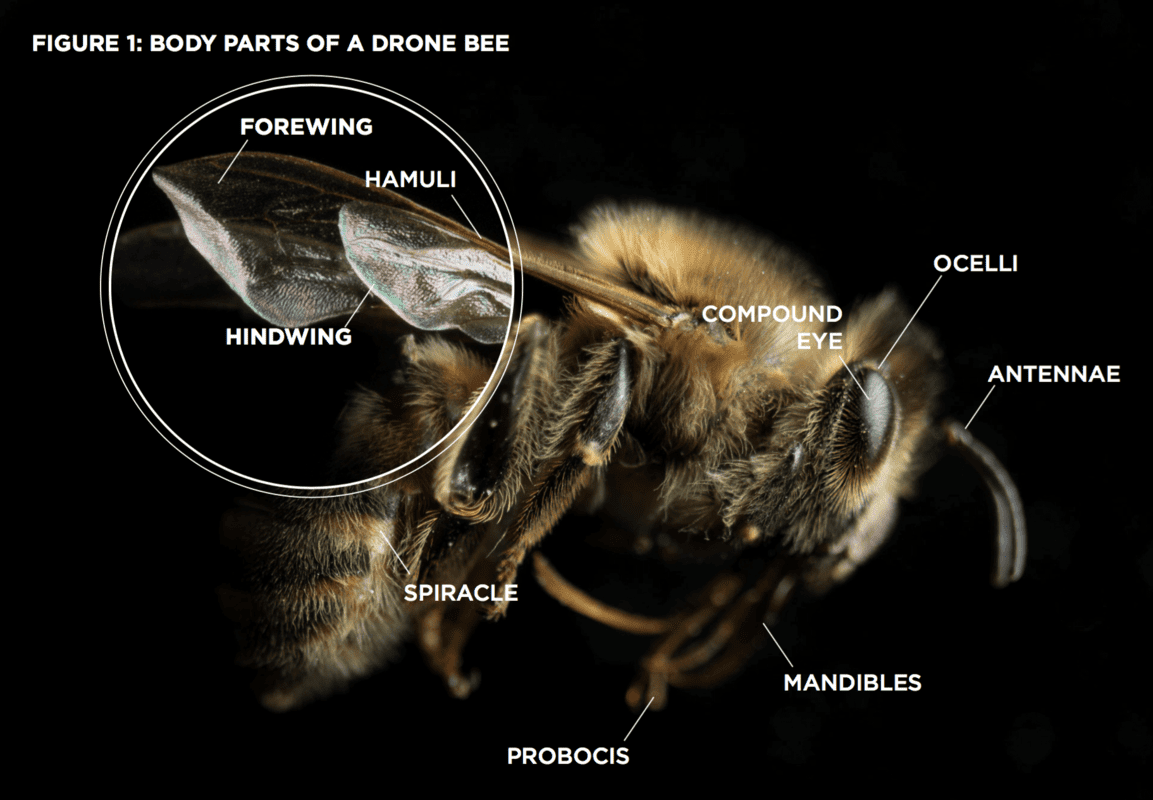It’s a question that’s been asked for generations: can a bee kill you? The answer is yes, but the chances of it happening are rare. To be safe, it’s important to understand the basics of beekeeping and the risks involved. In this article, we’ll discuss beekeeping tips to help you stay safe and answer the question: can a bee kill you?
What Bee Can Kill You?
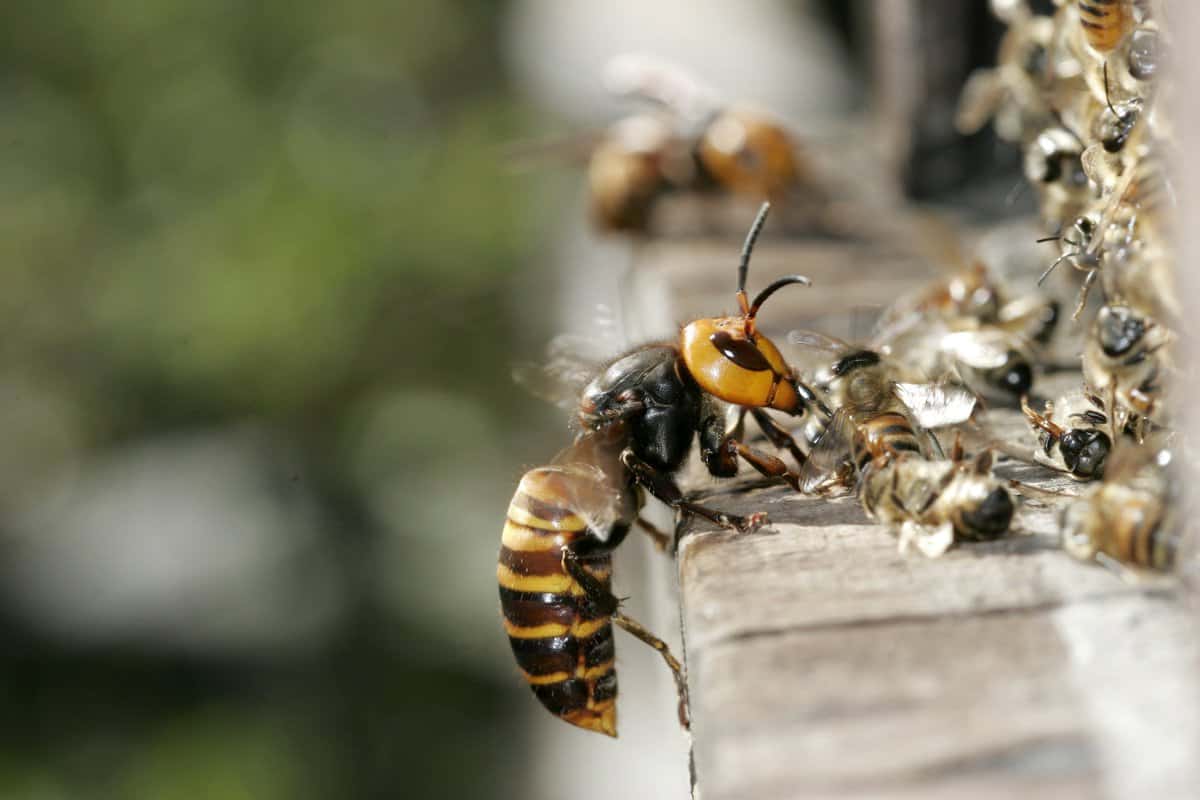
Bees and other stinging insects can cause severe reactions even leading to death in some cases. There are certain types of bees which are far more dangerous than others, so it is important to be aware of the potential risk.
Types of Bees
The most dangerous types of bees are Africanized honey bees, also known as “killer bees”. They are a hybrid species created by crossbreeding African and European honey bees and are far more aggressive than other bee species. These bees are known to attack in large swarms and have been responsible for many human fatalities. Other dangerous bee species include the giant honey bee, carpenter bee, and the Asian giant hornet.
How Many Bee Stings Can Kill a Human?
The amount of bee stings necessary to cause death in a human can vary depending on the individual’s size, age, and health, but it is estimated that around 1,500 bee stings could be fatal. It is important to note that the amount of bee stings required to cause death can be as low as 500 for someone with a severe allergy to bee stings. To minimize the risk of death from an encounter with bees, it is important to be aware of the types of bees that could be present in your area and to wear protective clothing when working or playing near beehives.
How Many Bee Stings Will Kill You?
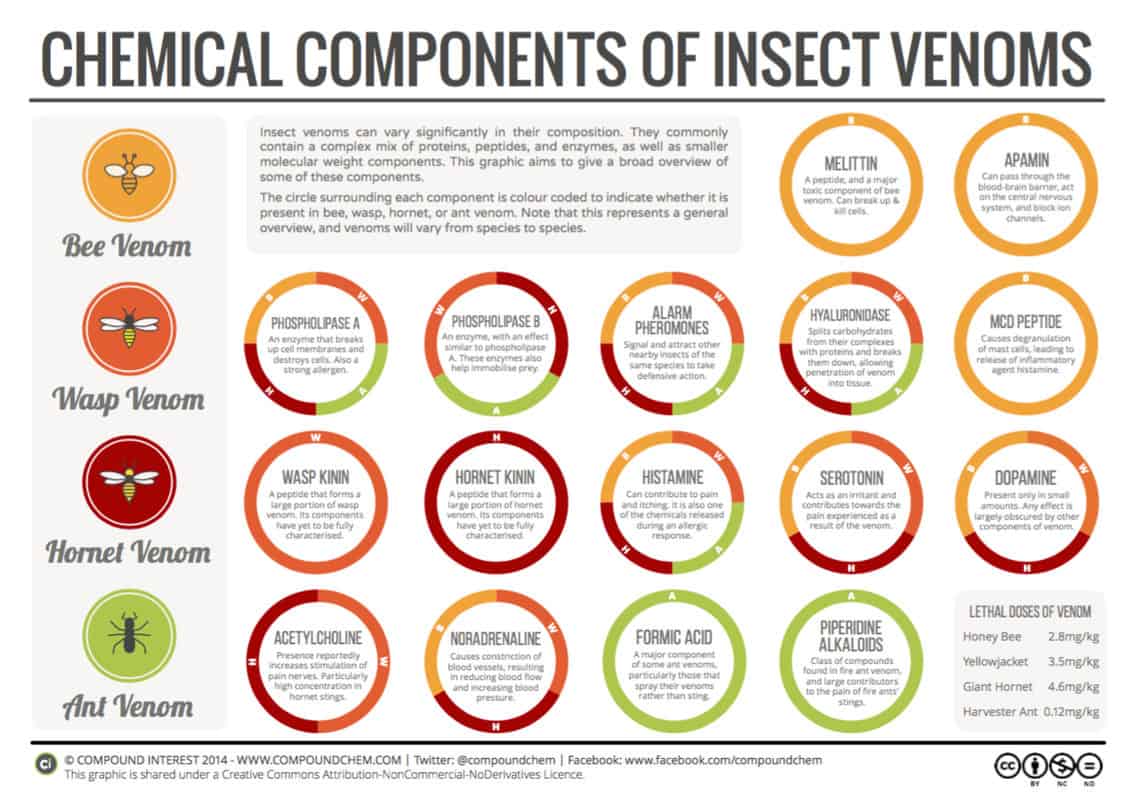
In short: A single bee sting usually won’t kill you, but multiple stings can be fatal. The exact number of stings needed to cause death depends on the size and weight of the person stung and their sensitivity to bee venom.
The details:
- The average person can withstand up to 10 stings per pound of body weight.
- For a 150-pound person, this means 1500 stings.
- However, some people can be severely allergic to bee venom, which can lead to anaphylactic shock and death, even after just one sting.
- In rare cases, some people can be killed by as few as 250 bee stings.
Conclusion: While a single bee sting usually won’t kill you, it’s important to be aware of the potential danger of multiple bee stings. If you experience any severe allergic reactions to bee stings, seek medical attention immediately. By following these beekeeping tips, you can stay safe and prevent a potentially fatal bee sting.
How to Stay Safe from Bees
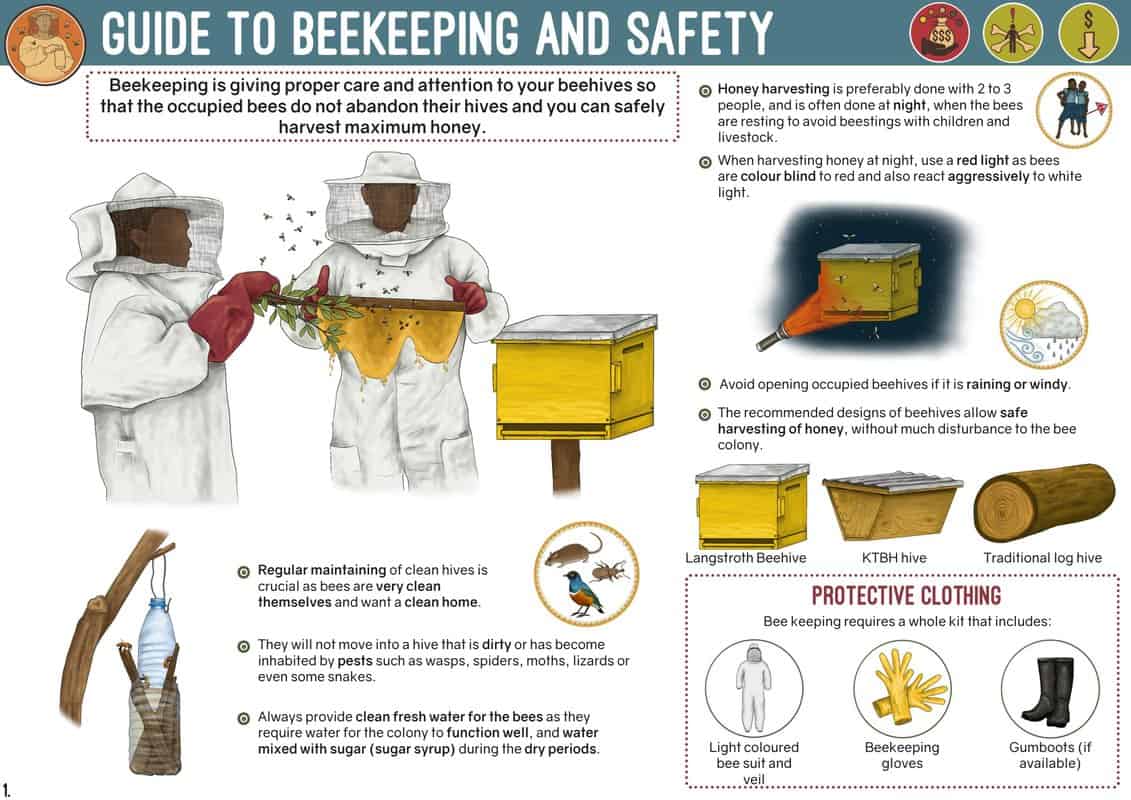
Protective Gear
When dealing with bees it is important to be prepared. Protective clothing, such as a beekeeper suit, is a must for anyone working with bees. This should include a hat, veil, and gloves. If a beekeeper does not have a beekeeper suit, they should instead wear long-sleeved shirts and long pants, as well as closed shoes.
Beekeeping Tips
Beekeepers should always be aware of their surroundings when working with bees. They should be aware of their movements and the environment around them. Beekeepers should also know the signs of an agitated hive and should move away from the hive if they are noticed.
It is important to understand that bees are capable of stinging multiple times. In some cases, a single bee sting can be fatal. It is estimated that it would take at least 500 bee stings to kill a human, but this varies depending on the size and health of the individual. In general, it is best to avoid being stung as much as possible.
Bee Sting Allergy Reactions
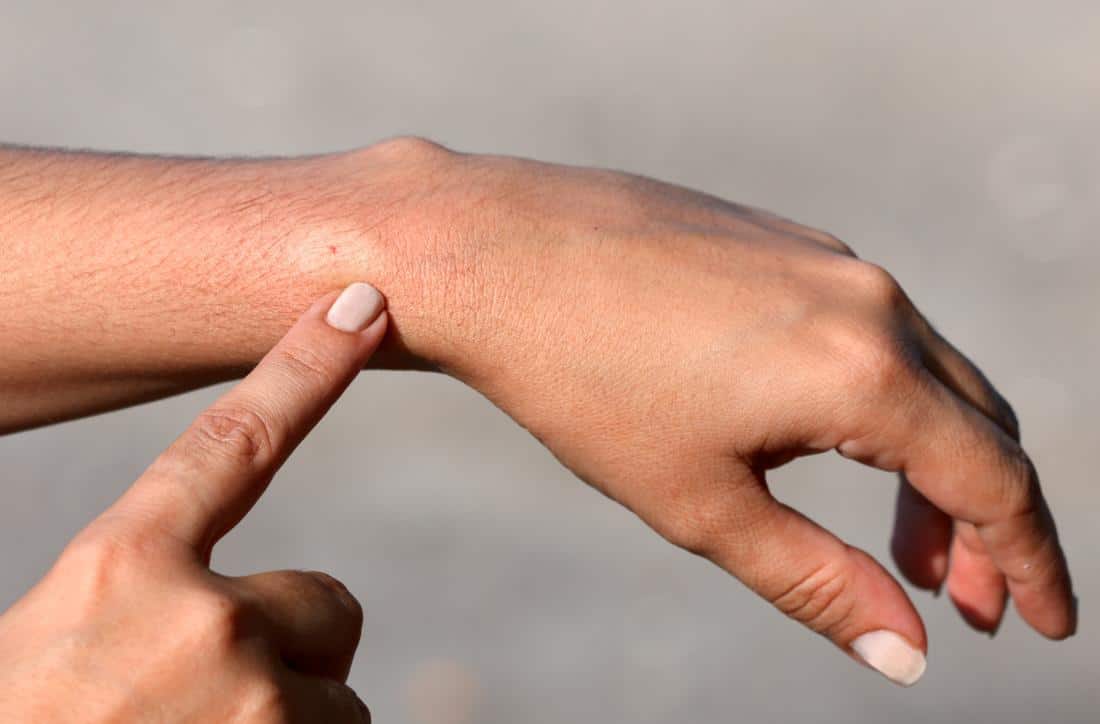
Symptoms
The most common symptoms of a bee sting allergy include dizziness, swelling of the face or tongue, difficulty breathing, nausea, and chest tightness. These symptoms may start within minutes of being stung and can last up to 24 hours. In some cases, anaphylactic shock can occur, which can be fatal. It is important to know what bee can kill you and seek medical attention immediately if any of these symptoms occur.
Treatments
The best way to treat a bee sting allergy is to avoid getting stung in the first place. Wearing protective clothing when working with bees and keeping them at a safe distance is the best way to stay safe. If stung, immediately remove the stinger and apply cold compresses to the area. An antihistamine may also be taken to reduce the symptoms. If severe symptoms occur, seek medical attention right away.
Other Health Risks of Bee Stings
Bee stings can be dangerous even if a person does not have an allergy to them. The venom from a bee sting can cause a person to experience intense pain, swelling, and redness, which can last up to a week. Severe reactions can cause hives, difficulty breathing, nausea, and vomiting. If the venom from the bee sting enters the bloodstream it can cause anaphylactic shock, which can be life-threatening. Some people may have an increased risk of anaphylaxis from bee stings, such as those with asthma, so it is important to be aware of the potential risks.
It is important to take precautions to prevent bee stings, as they can be potentially dangerous. Wearing protective clothing when working near bees, such as a beekeeping suit, is essential. Other safety measures such as keeping the area clean of food and water sources, and avoiding areas where bees are known to be present, can also help reduce the chances of a bee sting.
The risks of a bee sting can be minimized by following the necessary safety measures, but it’s important to be aware that even if a person does not have an allergy to bee stings, the venom can still be dangerous. Knowing the potential risks of a bee sting and taking the necessary steps to prevent them can help ensure that you stay safe when dealing with bees.
Frequently Asked Questions
What kind of bees can be dangerous to humans?
Africanized Honey Bees: Africanized honey bees, or “killer bees,” are a hybrid breed of honey bee developed by cross-breeding African honey bees with European honey bees. They are extremely aggressive and can become hostile if they feel their hive is threatened. Africanized honey bees can chase a person for hundreds of yards, and their stings can be fatal if the person is allergic or is stung multiple times.
Bumblebees: Bumblebees are usually non-aggressive and docile, but if you come close to their nest or try to touch them, they may become hostile and attack. Bumblebees are not known to be fatal, but their sting can cause a painful reaction.
Carpenter Bees: Carpenter bees are a solitary species of bee that usually forage for food on their own. They can become aggressive if you come too close to their nest or try to touch them. Carpenter bees are not known to be fatal, but their sting can cause a painful reaction.
Hornets: Hornets are a type of wasp that can become aggressive if they feel threatened. Their stings can be fatal if the person is allergic or is stung multiple times.
Are Stings from Bees Always Deadly?
No, bee stings are rarely deadly. Most people experience local pain, swelling, and itching at the site of the sting. In some cases, anaphylaxis, a severe allergic reaction, may occur. Those with a history of anaphylaxis, or who are allergic to bee stings, should always carry an EpiPen with them and seek immediate medical attention if they are stung.
How can I tell if a bee is aggressive?
Bees can become aggressive when they think their hive is in danger. Signs of an aggressive bee include buzzing loudly, darting at you and trying to sting. If a bee is consistently buzzing around you, it is likely trying to protect its hive. Move away from the area and leave the bee alone. If the bee follows you, it is likely trying to sting you. Be sure to protect yourself with a beekeeper suit and veil.
What Should I Do if I’m Stung by a Bee?
If you are stung by a bee, it is important to remain calm and take appropriate steps to reduce the pain and swelling. Immediately remove the stinger by scraping it with a fingernail or the dull edge of a knife. Do not try to pull it out, as this may release more venom. Apply an ice pack or a cool compress to the affected area to reduce swelling and pain. If a severe reaction occurs, seek medical attention immediately.
What are some tips for avoiding bee stings?
- Wear protective clothing. When beekeeping, always wear clothing that covers as much of your body as possible. Protective clothing such as long sleeves and pants, and a hat or veil can help protect you from any stings.
- Avoid wearing perfumes or scented lotions. Bees are attracted to strong smells, so it’s best to avoid wearing any fragrances when beekeeping.
- Don’t swat at the bees. Swatting at bees can make them more aggressive, so it’s best to just leave them alone if they’re not bothering you.
- Keep calm. If you feel a bee near you or buzzing around your head, try to remain calm and avoid sudden movements. Bees are more likely to sting when they feel threatened.
- Move away from the hive. If you’re beekeeping near a hive, try to stay as far away from it as possible. If you need to go near the hive, move slowly and calmly.
Conclusion
Bee stings can be dangerous and even deadly in some cases. It is important to take precautions when dealing with bees, as well as to seek medical attention if a serious reaction occurs. Beekeepers should take special care when handling bees, wearing appropriate protective clothing and avoiding swarms. By following these simple tips, you can stay safe and enjoy the wonderful benefits of beekeeping.
